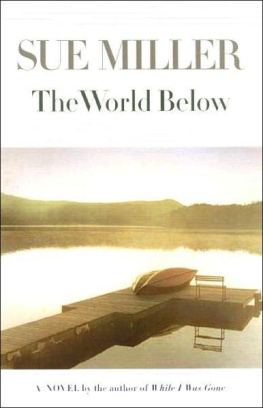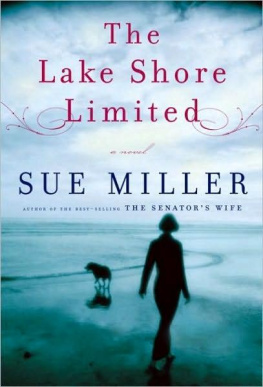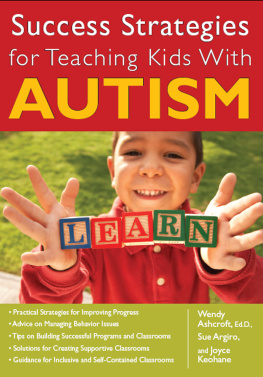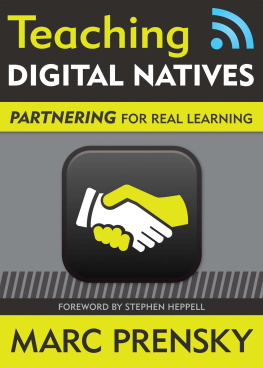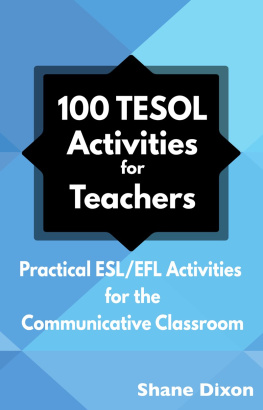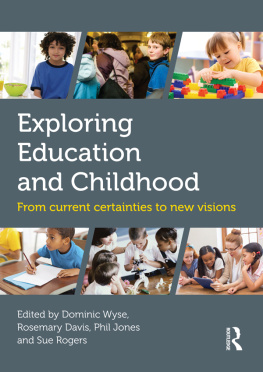Part 1
Contemporary Issues in Childhood:
Approaches to Teaching and Learning
Chapter 1
What are Care and Education: Early Years and Childhood Studies?
Kay Sambell and Sue Miller
This introductory chapter tries to tease out and present the nature of the challenges we face when teaching on courses that have a multidisciplinary perspective, especially in the current context within Higher Education. Firstly, it outlines the curricular focus of our two courses, which, as new subjects, seek to present students with a variety of perspectives on children and childhood. It discusses some of the problems associated with the ways in which these childhood-related courses can be perceived (and misperceived) within, and especially beyond, the University. Secondly, we move on to consider issues that relate to the students that typically apply to come onto these courses. We highlight the ways in which the current government commitment to widening participation at university presents us with particular teaching challenges and, in our experience, a need to continually develop teaching, learning and assessment strategies that support the increasingly diverse learning needs of our students. We see the issues as including: working with students who lack confidence and self-belief, helping students tune into a new multidisciplinary subject area, guiding students approaches to study, helping students learn to write in an academic style and fostering the skills of autonomous, active learning, deep approaches to learning and critical enquiry.
Approaches to studying childhood: what are the courses really about?
In an important sense these courses are new, exciting and innovative and have emerged in response to recent changes and phenomena: in the field, in academia and in the nature of Higher Education. They set out to train students not in specific professional skills, but to aim instead to encourage learners to question assumptions, to develop a sense of the complexities of issues relating to children and their worlds, to learn to think. In this sense, we would argue that these courses set out to do something that Higher Education can be perceived to be all about.
Care and Education: Early Years was written by staff teaching at Northumbria who worked in collaboration with local authority employers responsible for managing teams of early years practitioners who had responsibility for developing responsive multidisciplinary services for children and families. The course was written and validated in 1997 at a time when government policy was increasingly turning to consider the relationship between access to good quality, affordable childcare, employment and economic regeneration. This approach was brought together in the governments document Meeting the Childcare Challenge (1998). The local authority employers involved in developing the course had found that the sorts of services and initiatives springing up at the end of the 1990s, such as Sure Start, Early Excellence Centres and Early Years Development and Childcare Partnerships, needed to recruit staff with different sorts of skills and knowledge from those held traditionally by the childcare workforce. Staff had to have not only a sound understanding of childrens needs and knowledge of the childcare sector, but also a strategic approach to the challenges of working in these new services. They had to have understanding of strategies that drew together the skills and knowledge of practitioners from health, education and social services across the private, voluntary and maintained sectors. They needed the capacity to recognise different perspectives and be able to hear where different individuals were coming from.
The Northumbria University staff that worked on writing the course were all individuals that had had careers in local authorities before coming to the University. They had been social workers, educational psychologists, parent educators, teachers, community nurses and health visitors. They had experienced at first hand the tensions in the field that can occur when professionals seek to develop joined up thinking and have to think outside of their particular professional boxes. This bringing together of different disciplinary as well as theoretical perspectives relating to the teams own professional and other experiences became a real strength of the course that was produced, which tries to encourage students to unpack and reflect on these tensions. The importance of developing these new childcare professionals is addressed in more detail in Chapter 8.
Childhood Studies was originally written and taught in 1994, in the context of an Education Department. At the time it was first written, many new courses were being introduced to complement the diet of traditional subjects being offered, by allowing students to study curricula that they could more clearly relate to real life outside academia. This was also a time of diversification, with many new courses springing up in response to the increasingly competitive, market-led environment of Higher Education in the late 1980s and throughout the 1990s. Childhood Studies originally had, like many of its counterparts at other universities, a focus upon supporting students who were likely eventually to work with primary-aged children, typically in schools. Due to changes in the teaching team and course leadership after its initial two years of running, from 1997 onwards the course began to rapidly evolve in response to an emergent multidisciplinary academic interest in the importance of understanding childhood as an institution or social construction (James & Prout, 1991; Jenks, 1994; Mills & Mills, 2000) which has now become its particular hallmark. Again, this is indicative of the courses claims to be developing a training of the mind, relating to the graduateness of our students.
Each course, then, deliberately sets out to offer a wide range of perspectives on the various meanings attached to the terms child and childhood. This is most obviously seen at the structural level of each course. Each courses curriculum content, development and organisation is designed consciously to juxtapose and contrast a wide range of child-related contexts (such as the family, schools, play settings, alternative educational settings, etc.) to encourage students to identify and evaluate the implications of the range of ways in which childhood is viewed from varying perspectives.
Care and Education: Early Years (see Fig.1) lays particular emphasis upon the view of the child that underpins childcare professionals policy and practice. The modules are grouped into three strands that run progressively throughout the course. One strand, Perspectives on Care and Education, consisting of modules entitled Introduction to Care and Education, Promoting Development, Aspects in Care and Education: Managing People and Complementary Roles in Care and Education looks specifically at theorising real world contexts by studying different professional perspectives on care and education. A second strand (Care and Education in Context) looks at different early years care and education contexts both in the UK and internationally. The final strand (the Child as Meaning-Maker containing the modules Understanding Infants, Play and the Early Years Curriculum and Early Language and Communication) is designed to trace the meaning that children make of these different experiences. Students study modules, which simultaneously present the professional perspectives on the care and education of very young children, from a health, education, social care and parenting viewpoint. They focus on policy and practice, and contemporary issues in the field. The aim is to develop in the students the capacity to think critically with regards to issues that relate to children and their worlds, their families, their schooling, their rights and the services that they encounter. We seek to make students aware of the varying contexts of early childhood experience, and these are reflected in the module titles.
Next page


